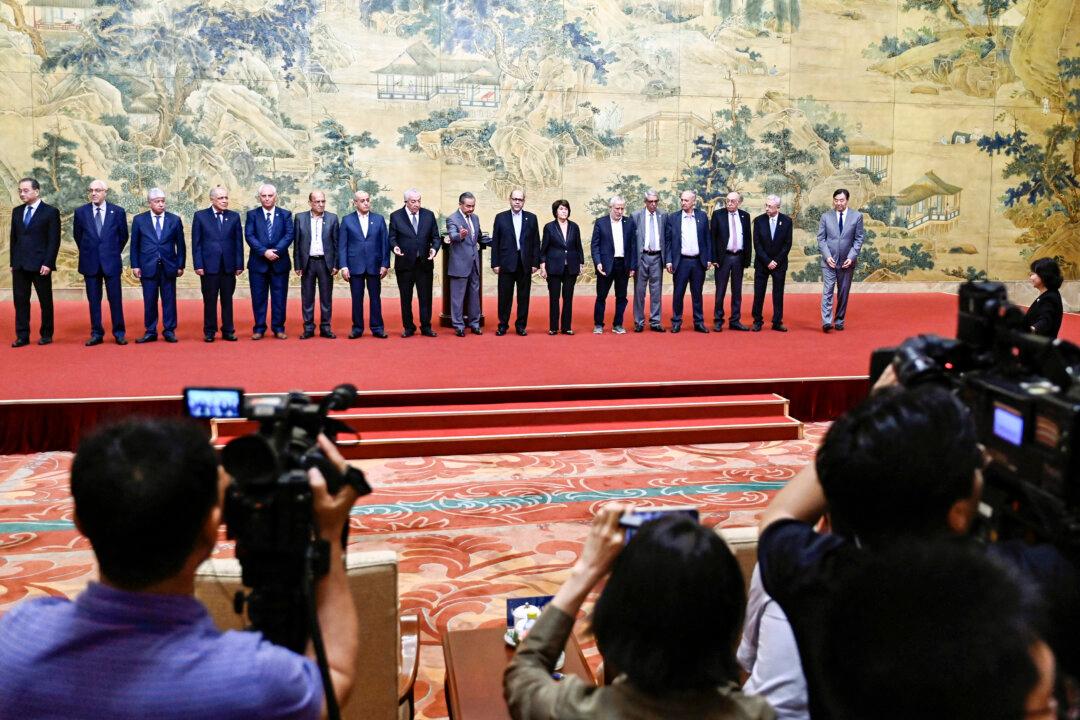The Federal Reserve has cut interest rates for the first time since the depths of the Great Recession 2008, leaving many to wonder just what the Fed knows that it’s not disclosing.
The short-term interest rate was cut by only .25 percent, half of what the Trump administration wanted and says that the economy needs. At least one other quarter-point cut is now expected before the end of the year. But it’s not clear that interest rate cuts will remedy what’s ailing the economy. What is apparent, however, is that the rise in interest rates that many expected over the past year isn’t likely to happen anytime soon.





